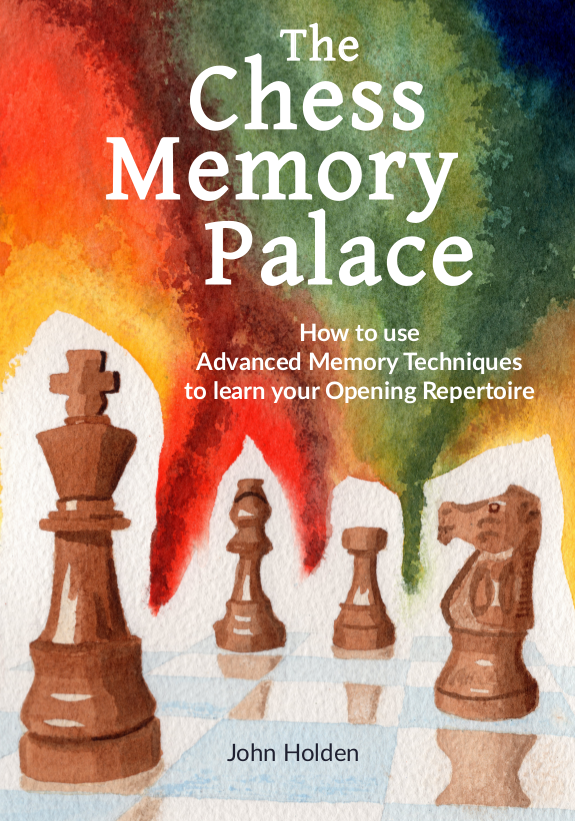Chapter 7 - Miscellanea
 You are reading an online version of The Chess Memory Palace by John Holden.
Copyright © 2022 John Holden, all rights reserved.
Click here to return to the online contents page.
For the best reading experience, you can buy
the paperback or
the ebook.
Subscribe to
@ChessMemoryPalace on YouTube
for video tutorials.
You are reading an online version of The Chess Memory Palace by John Holden.
Copyright © 2022 John Holden, all rights reserved.
Click here to return to the online contents page.
For the best reading experience, you can buy
the paperback or
the ebook.
Subscribe to
@ChessMemoryPalace on YouTube
for video tutorials.
Amazon links are affiliate links — this gives me a little bit more for each sale, at no cost to you. I earn from qualifying purchases.
How much theory should a player know? The most severe answer to this has to be “everything", the softest “as much as you like" and the profoundest “nothing". All three are correct.
GM Paul Van Der Sterren
Memory for the long term with spaced repetition
After some practice you will be able to build and memorise a memory palace quite quickly. This palace will serve you well for the next week or two, and your best images will remain with you effortlessly for a decade. But unless you review, most of the palace will gradually fade. This is okay if you wanted to learn a repertoire for a single game. But it is a problem if you wanted to retain the repertoire for the long term. After all, it’s no fun to be halfway through a Najdorf and then discover you can’t remember the image in your attic.
The good news is, your memories fade more slowly each time you review. So when you memorise a new image, at first you should review it frequently, but then you can wait for longer and longer intervals. (See Figure 7.1 if you like graphs.) You could review after an hour, then a day, then a week, then a month, then half a year…the precise best time intervals depend on the person, but the principle is the same for everyone. This is called spaced repetition.
This chapter is not available online. It can be read on a paper copy or the ebook.
Chapter 7 covers:
- Memory for the long term with spaced repetition
- Why memorise theory?
- Blindfold simultaneous exhibitions
- Other board games
- Picture notation in other languages
- Four complete games in picture notation
- Summary of The Chess Memory Palace method
 Watch on YouTube
Watch on YouTube